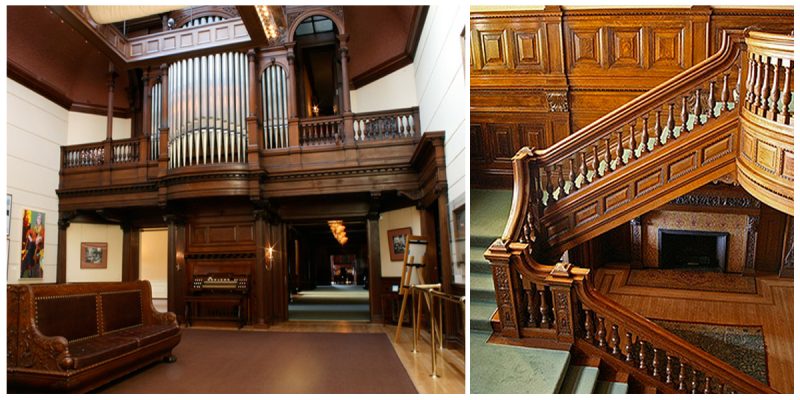The James J. Hill House in Saint Paul, Minnesota, United States, was built by railroad magnate James J. Hill. By the late 1870s, James Hill’s growing fortunes and family required a larger home that reflected his elevated status within the community.
The house, for its time, was very large and was the “showcase of St. Paul.“ Named for Henry Hobson Richardson, this Richardsonian Romanesque style mansion was characterized by balanced asymmetry, imposing facades of rough-hewn stone, and rounded arches.
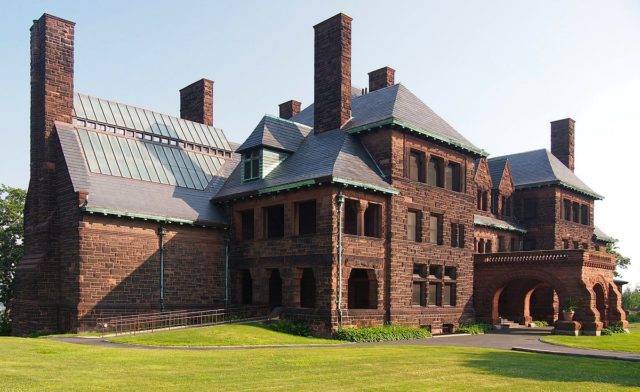
Construction began in 1888 and more than three hundred skilled craftsmen built the house over the next three years. It was equipped with the most advanced technologies of the day. Completed in 1891, the red sandstone residence is well-known for its rugged stone exterior, massive scale, fine detail and ingenious mechanical systems.
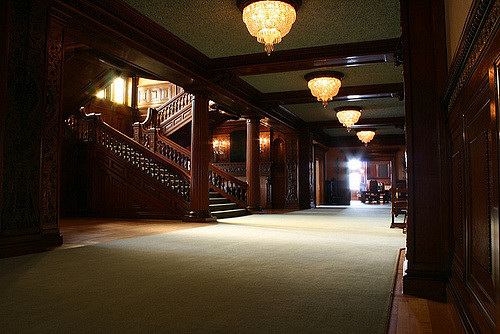
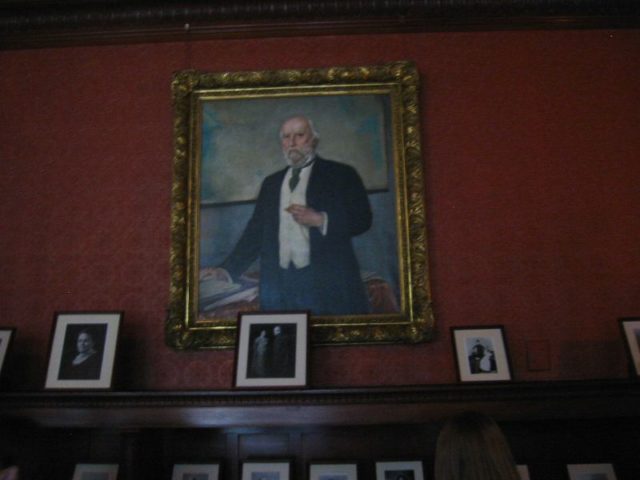
The mansion has a basement, three floors, and an attic. The basement level housed the servants’ dining room and sitting room, along with the kitchen, wine cellar, pantries, laundry room, boiler room, and bedrooms for the male staff, including the houseman and valet.
The first floor, in addition to the art gallery with a built-in pipe organ designed by George Hutchings of Boston, music room, hall, and formal dining room, also had a library, a drawing room, and Mr. Hill’s home office.
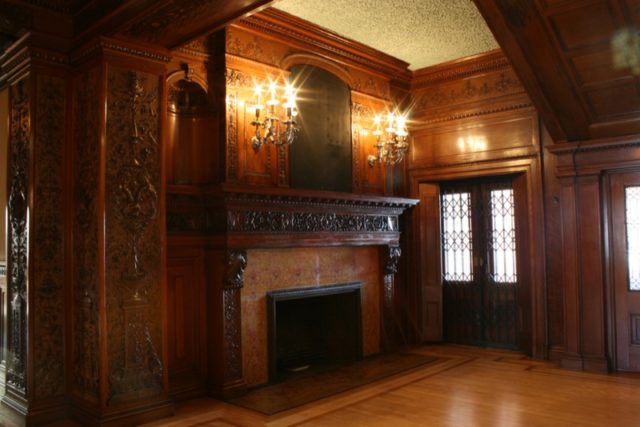
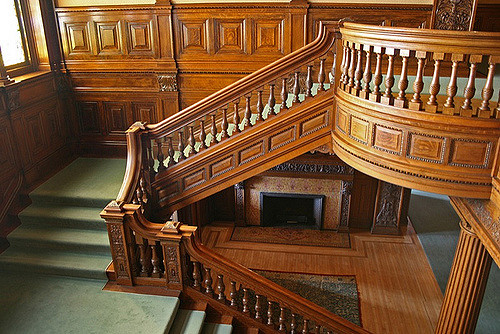
The second floor contained Mr. and Mrs. Hill’s rooms, two guest rooms, and rooms for their five daughters, Gertrude, Rachel, Clara, Ruth, and Charlotte. The sons’ bedrooms and a schoolroom were located on the third floor. A small theater and playroom were built in the attic for the Hill children and grandchildren. The house’s total cost, including furnishings and other expenses, came to $931,275.01.
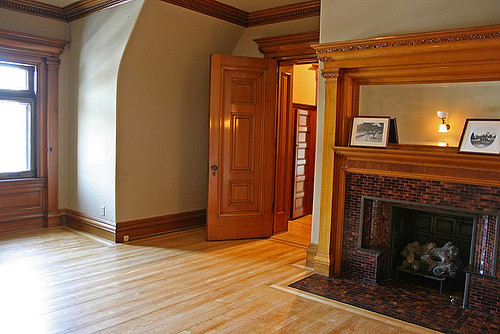
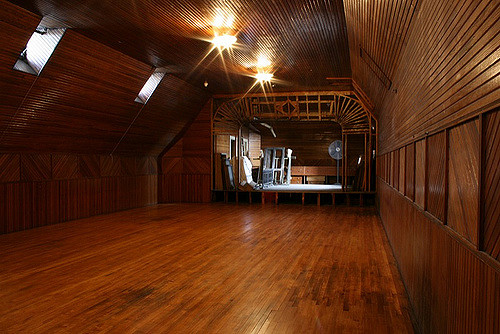
After James J. Hill died in 1916 and his wife died five years later, the children eventually moved out. In 1925, four of the daughters purchased the house from the estate and donated it to the Roman Catholic Archdiocese of Saint Paul and Minneapolis.
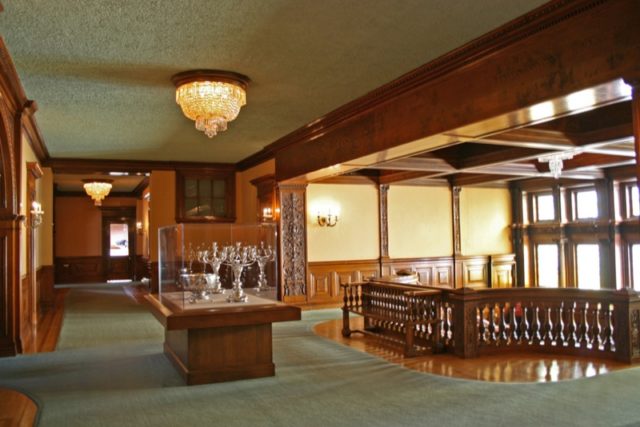
The church used it for the next fifty-three years as space for offices, residences, and a teacher’s college for women. Fortunately, the church preserved it well and did not make any significant alterations, although most of the original furniture was sold during this period.
In 1961, the United States Department of the Interior designated the house a National Historic Landmark. The Minnesota Historical Society acquired the house in 1978 after the Archdiocese consolidated its offices elsewhere.
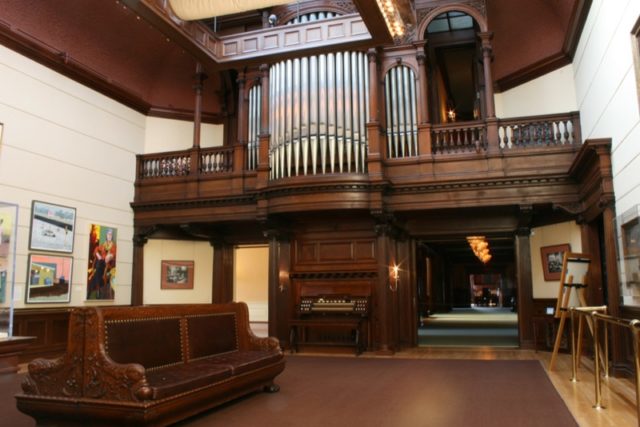
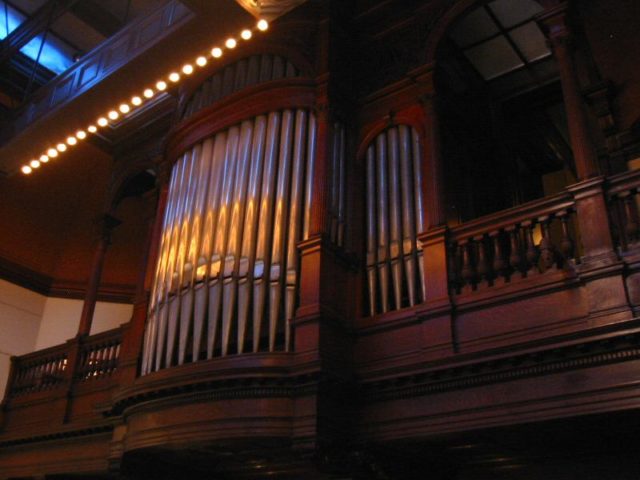
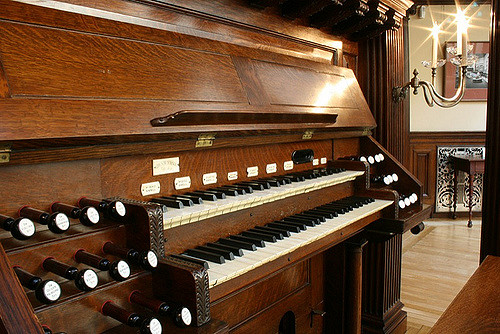
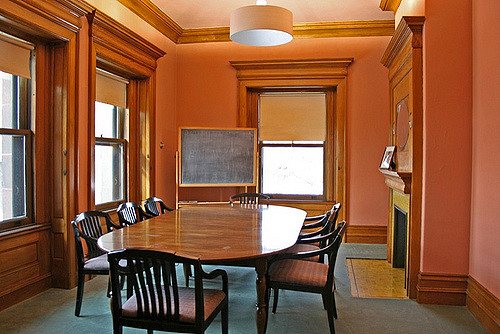
It is listed as a U.S. National Historic Landmark and one of 26 historic sites and museums operated by the Minnesota Historical Society. Since then, the house has been open to the general public for tours, interpretive programs, and special events.
